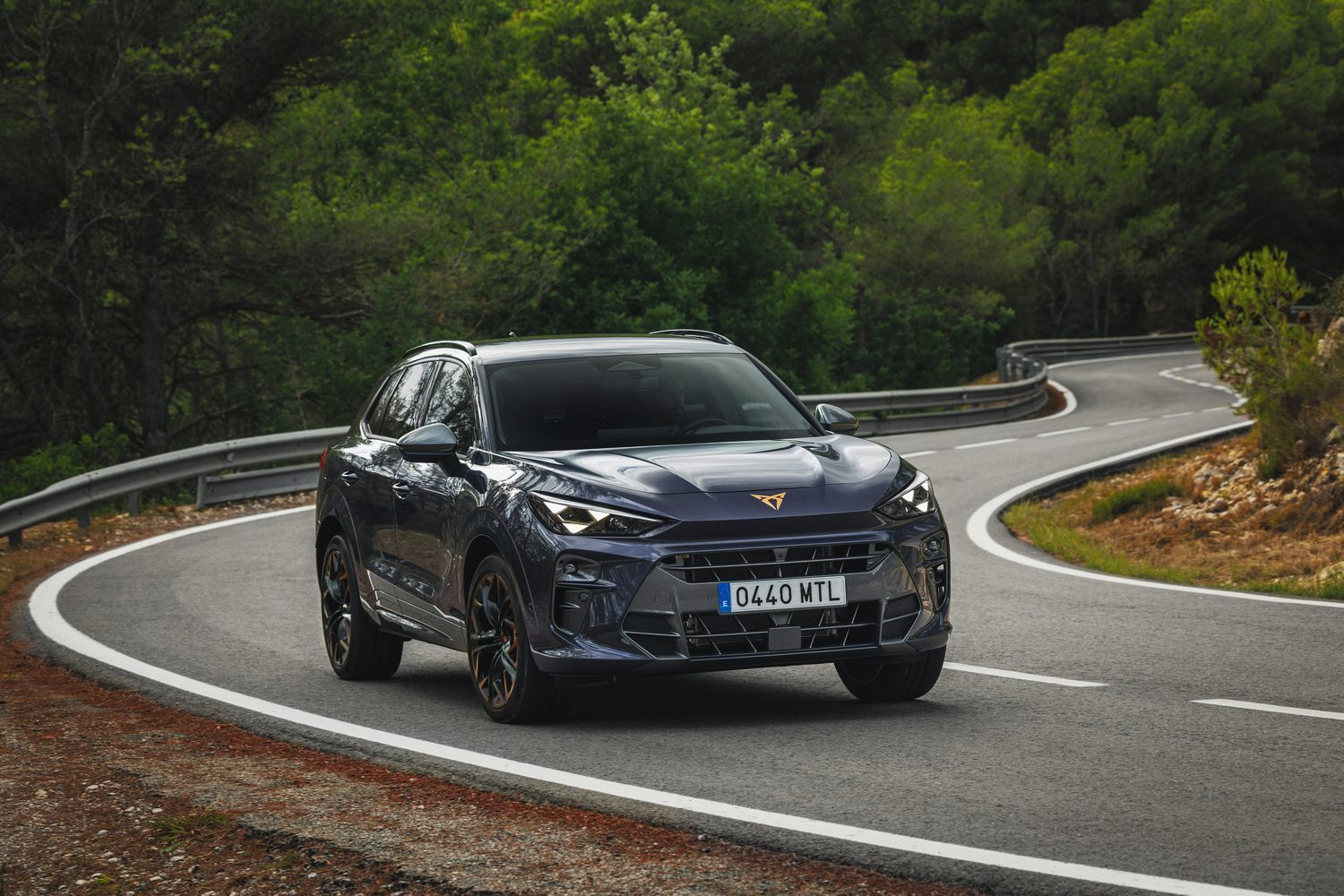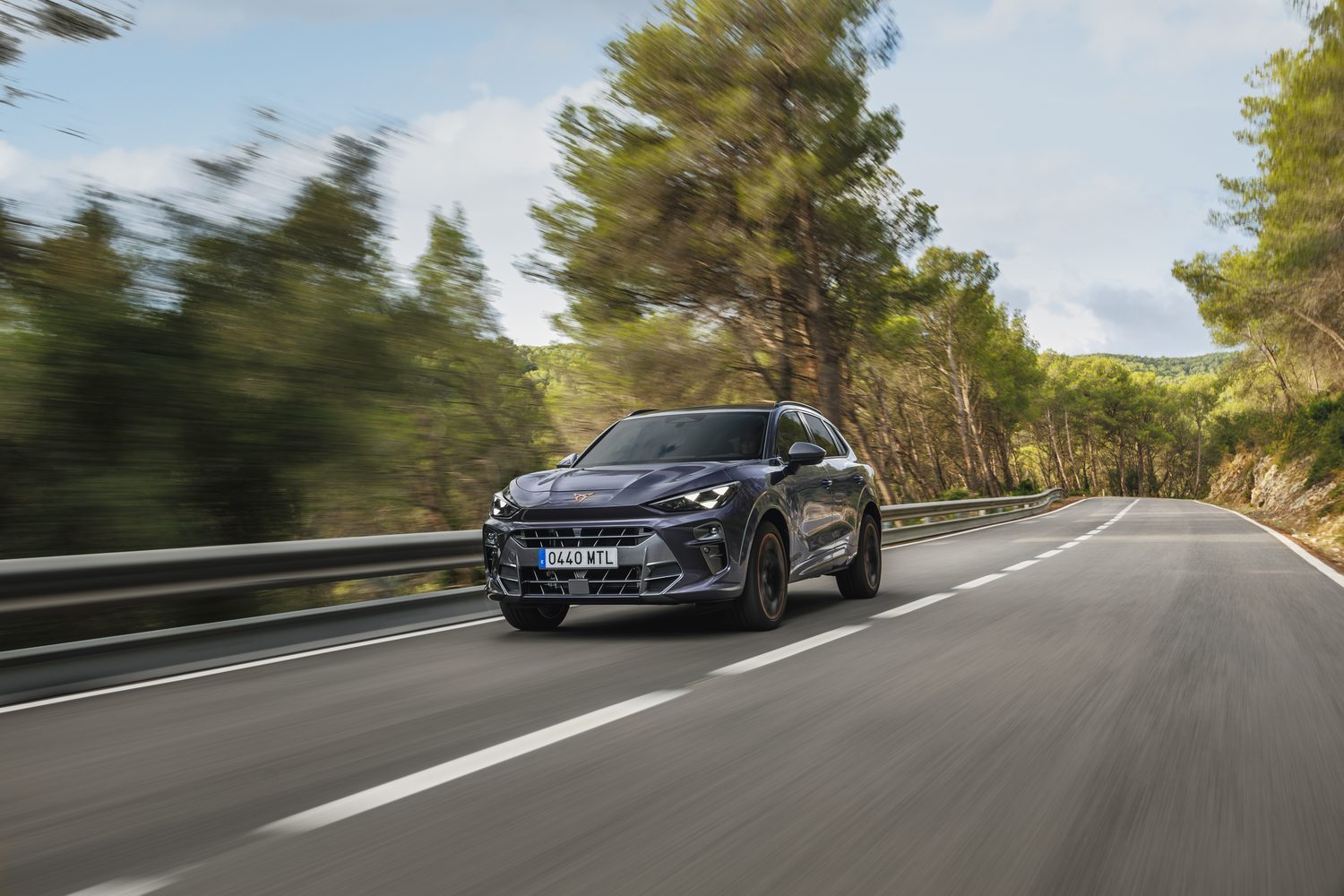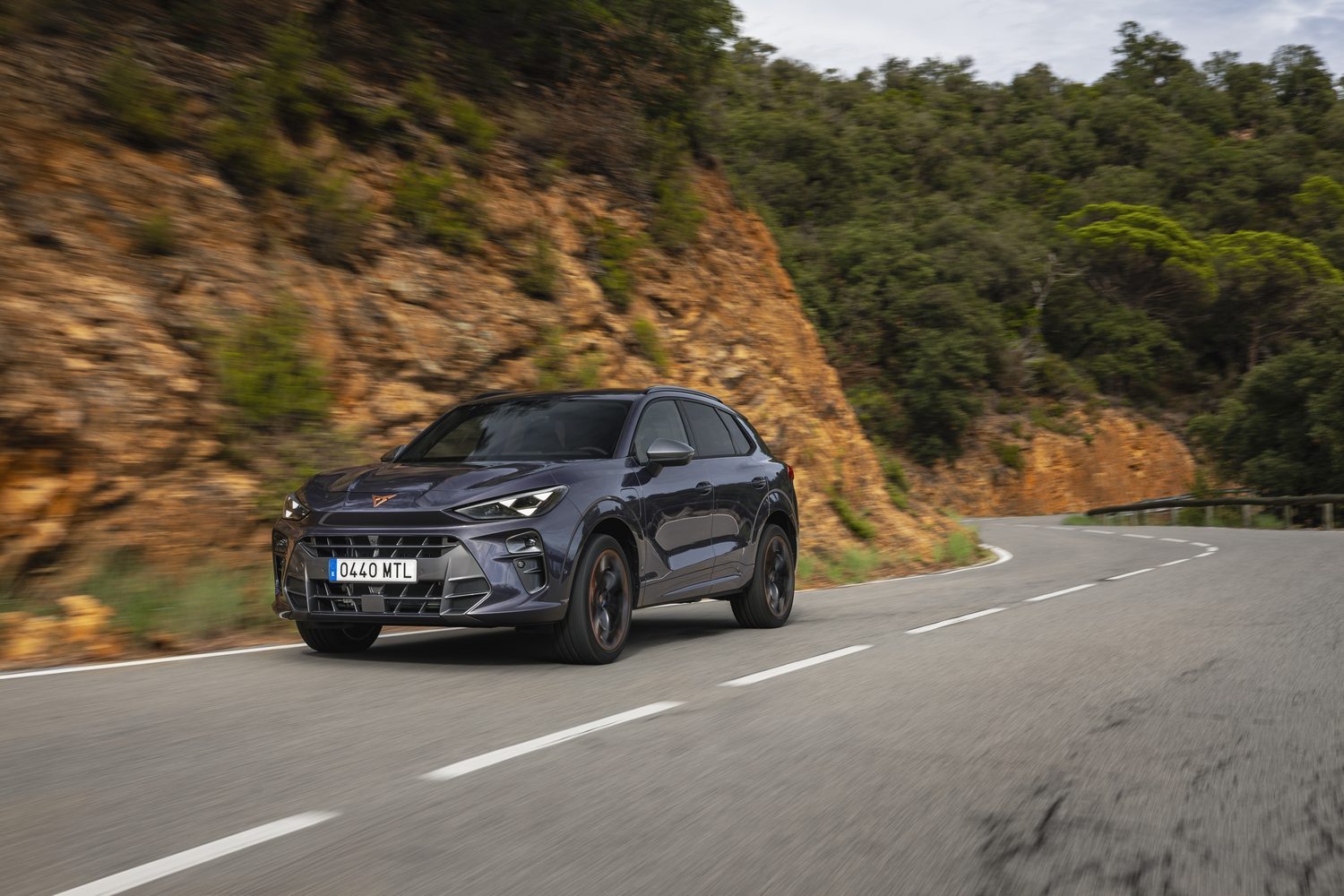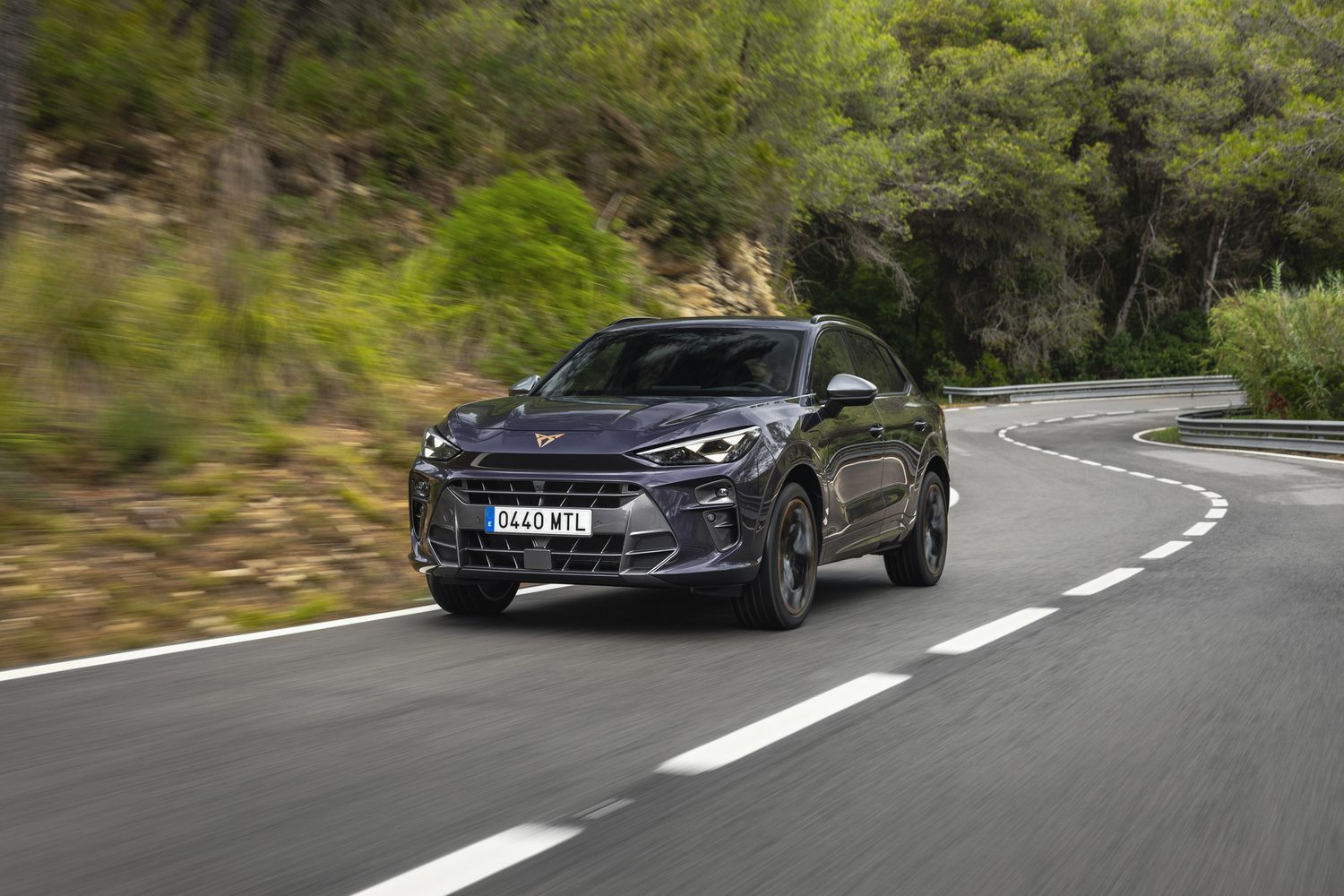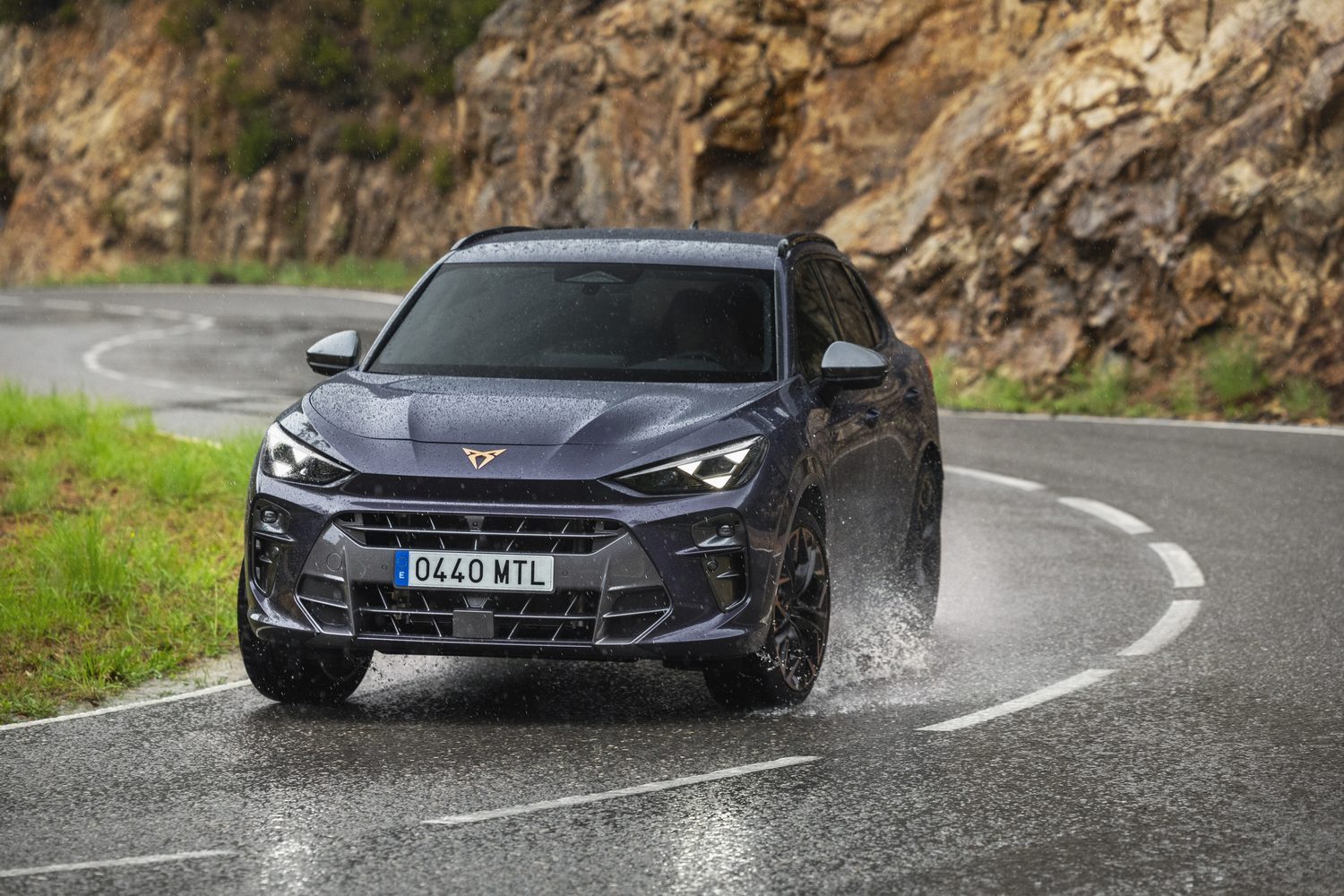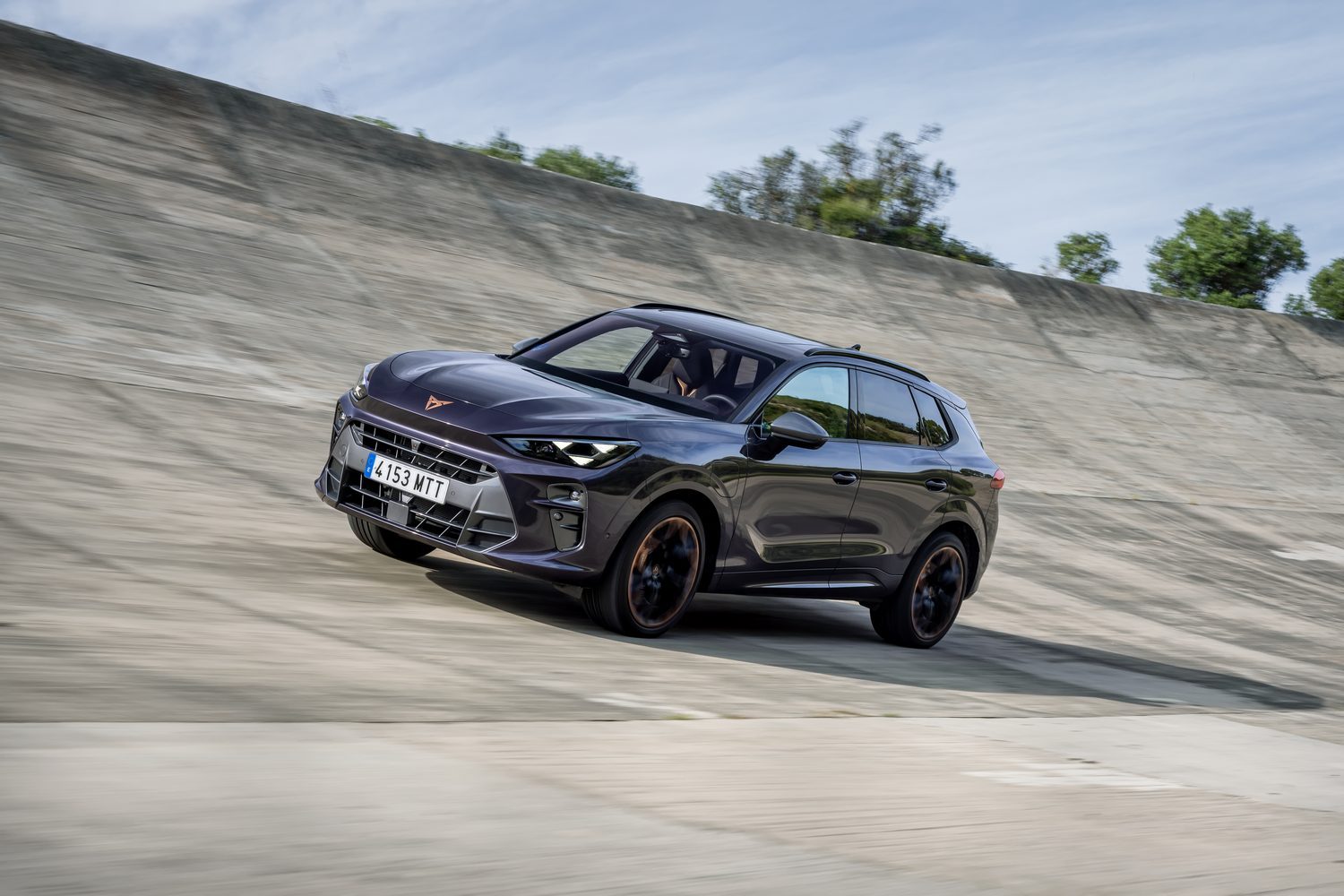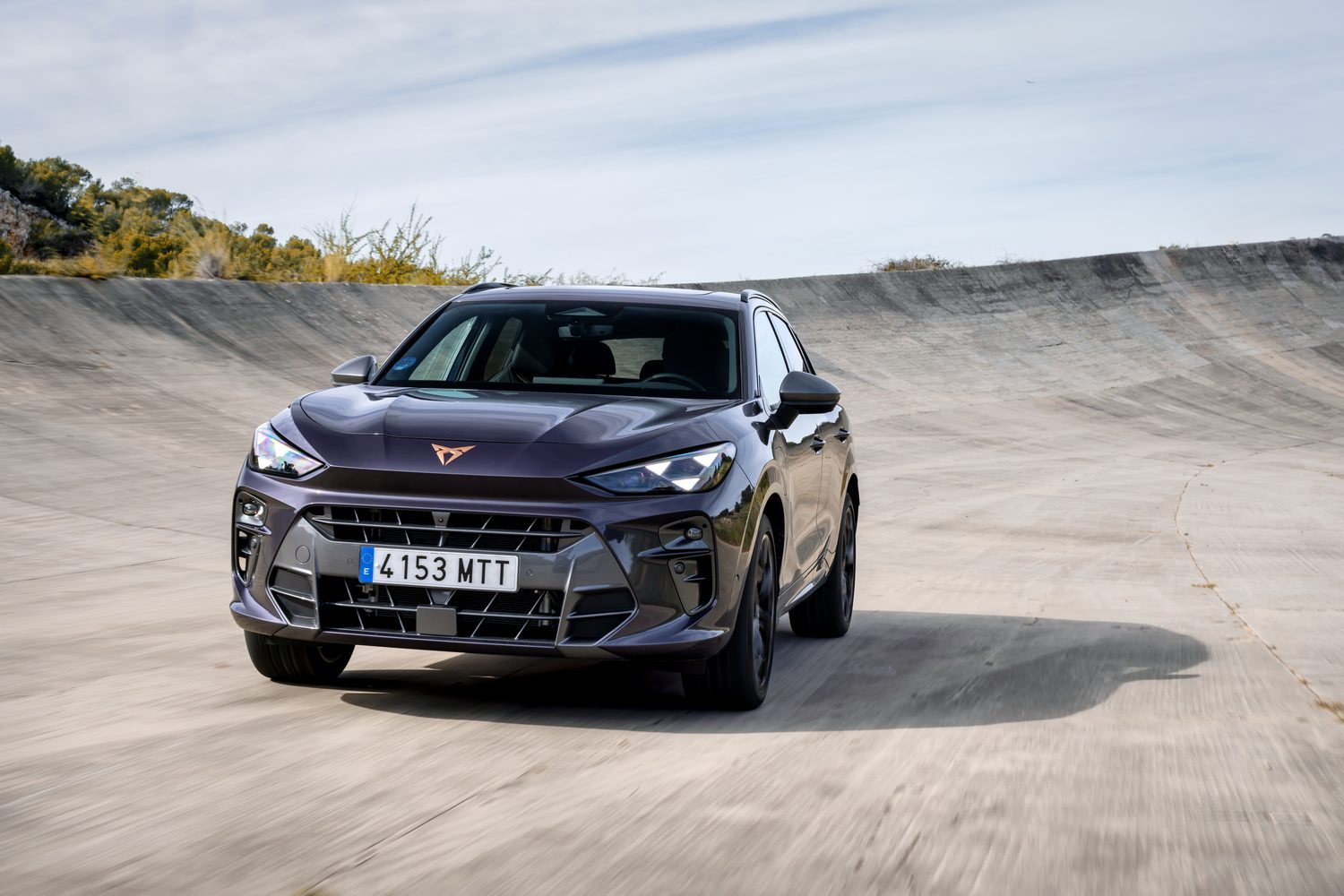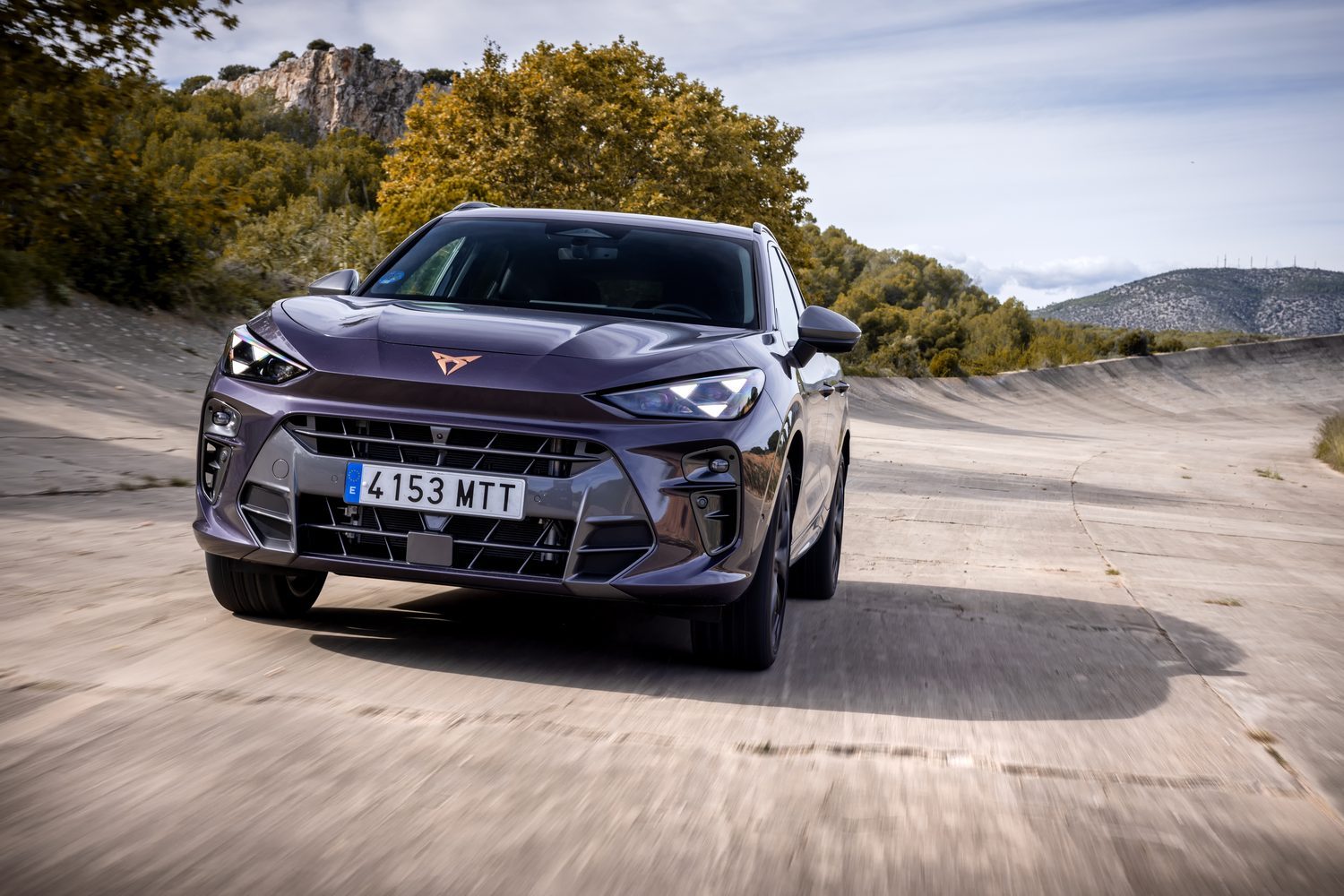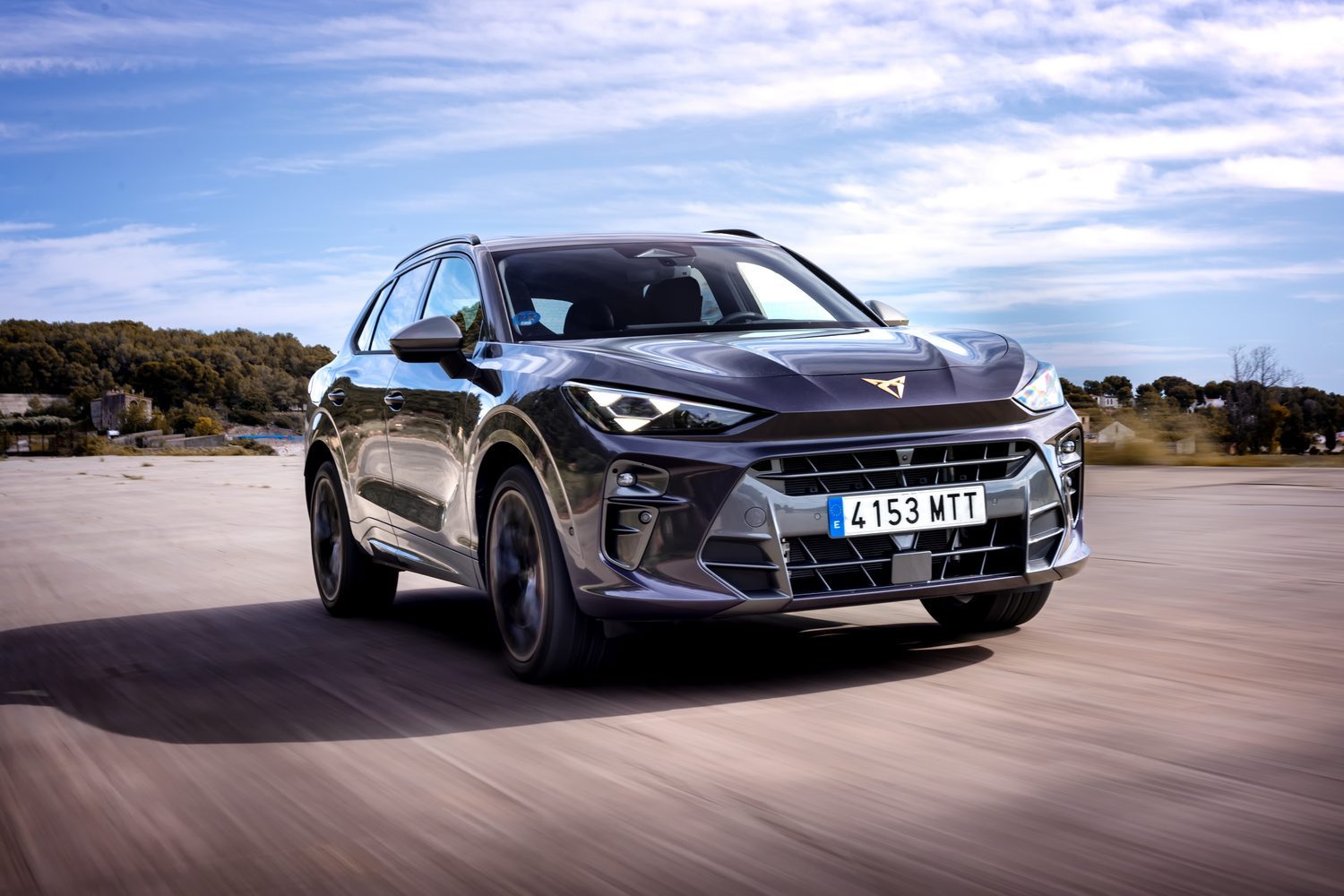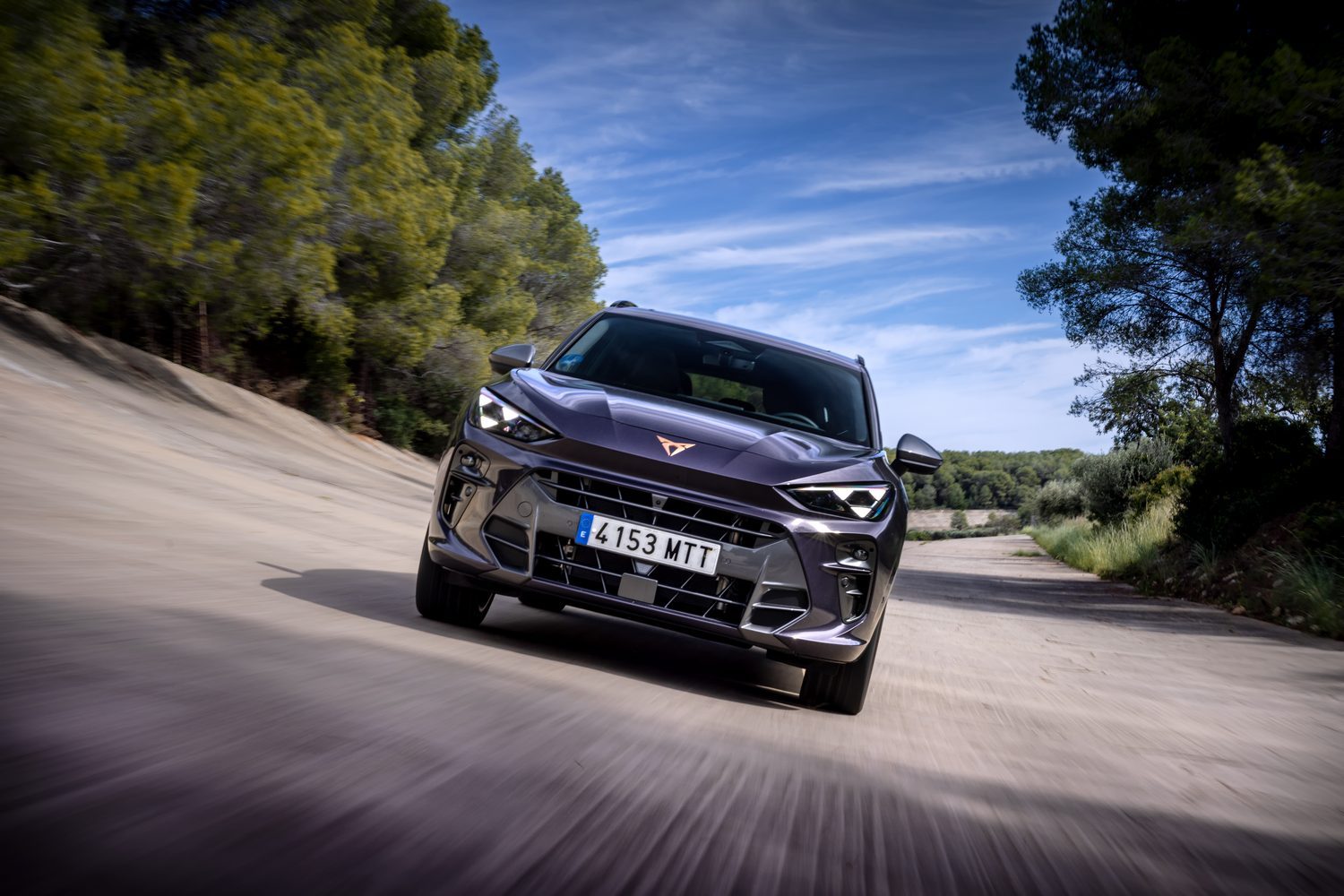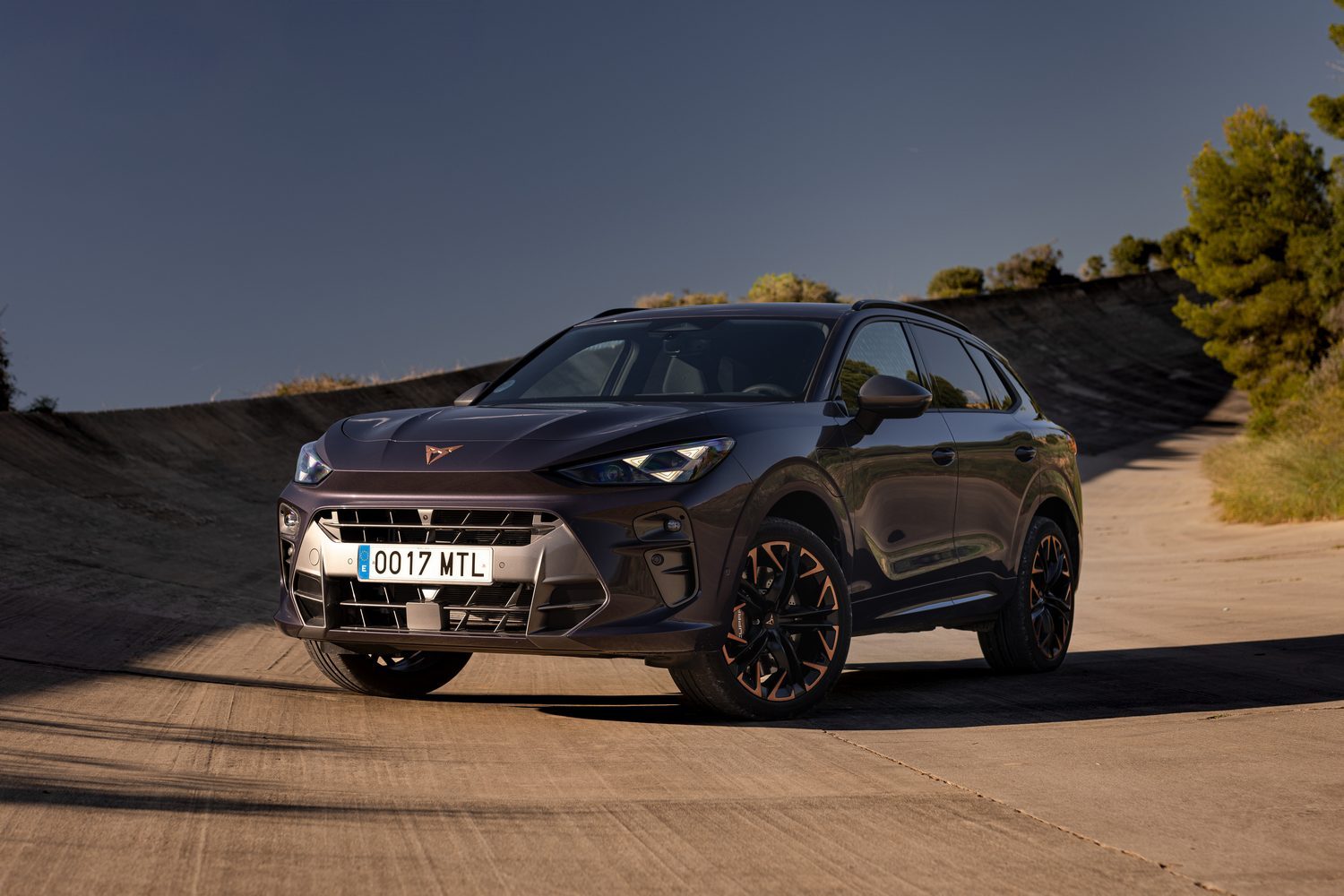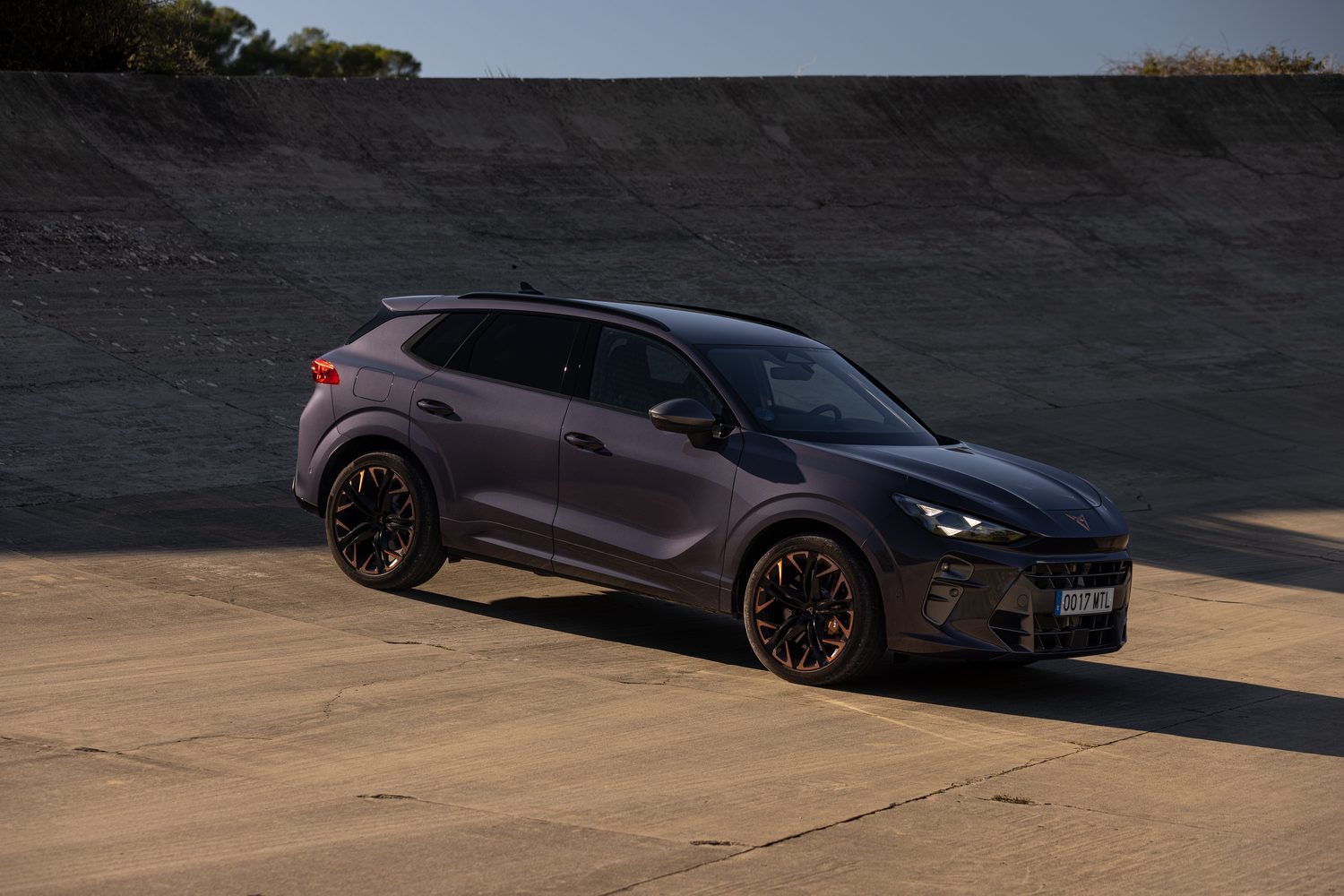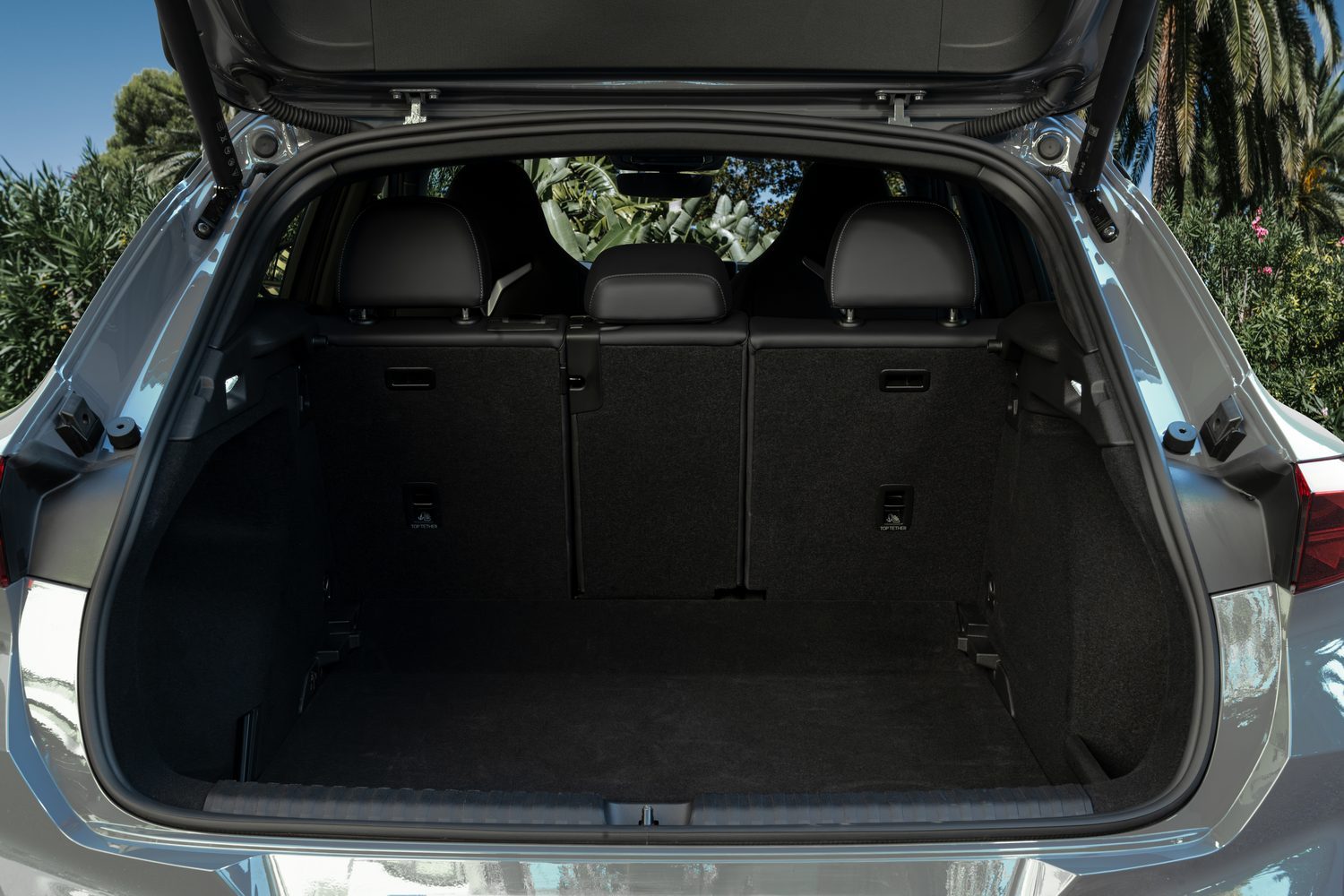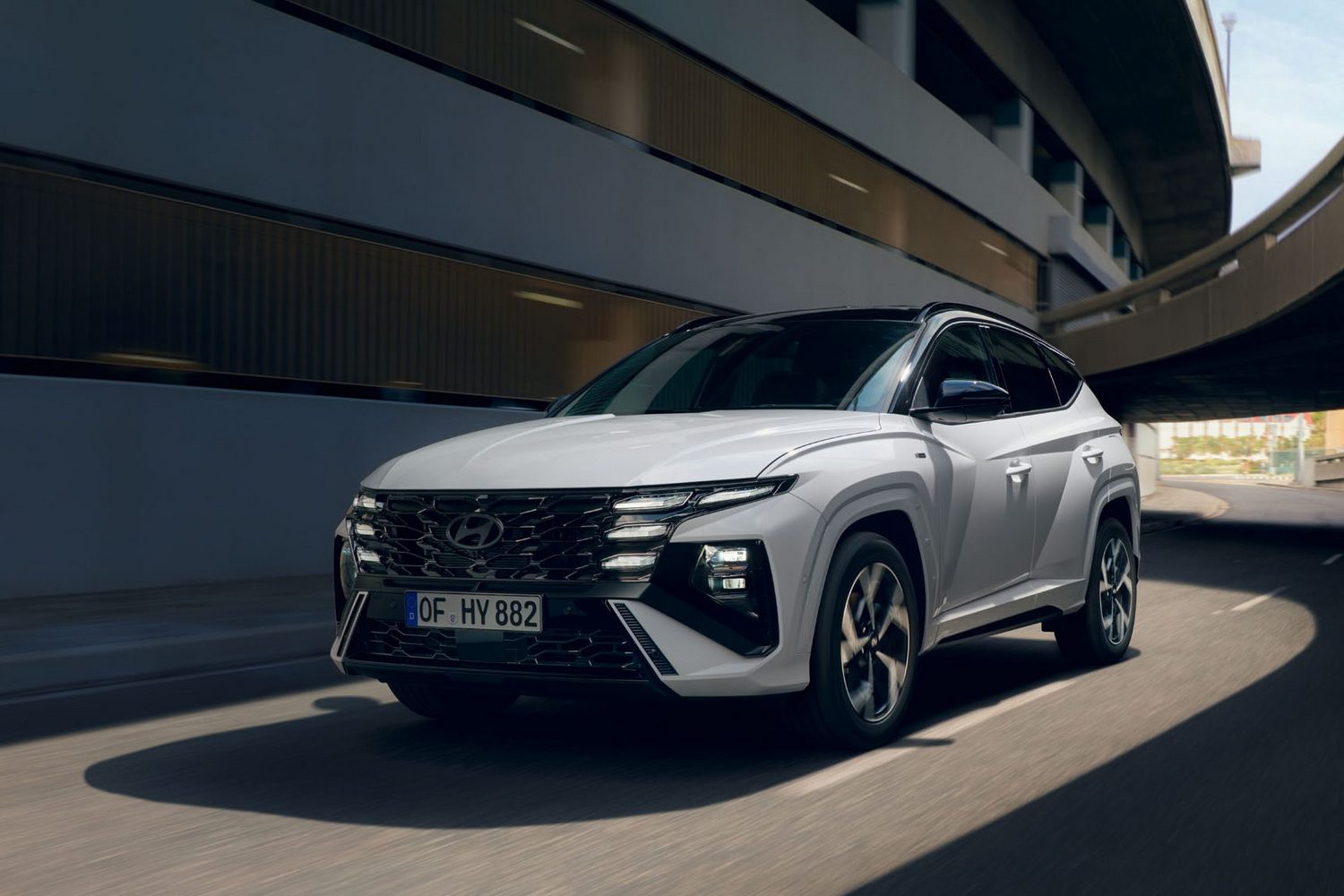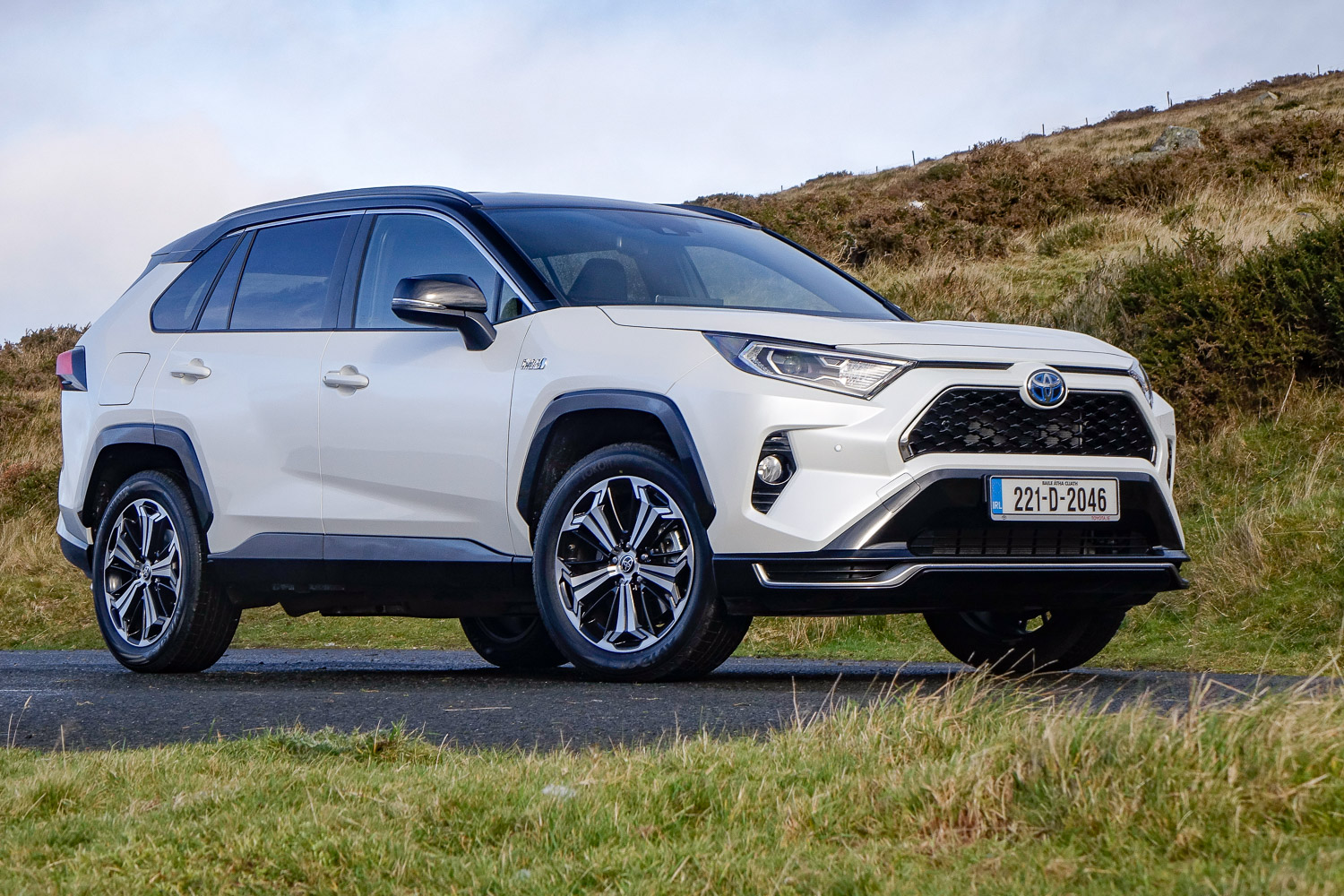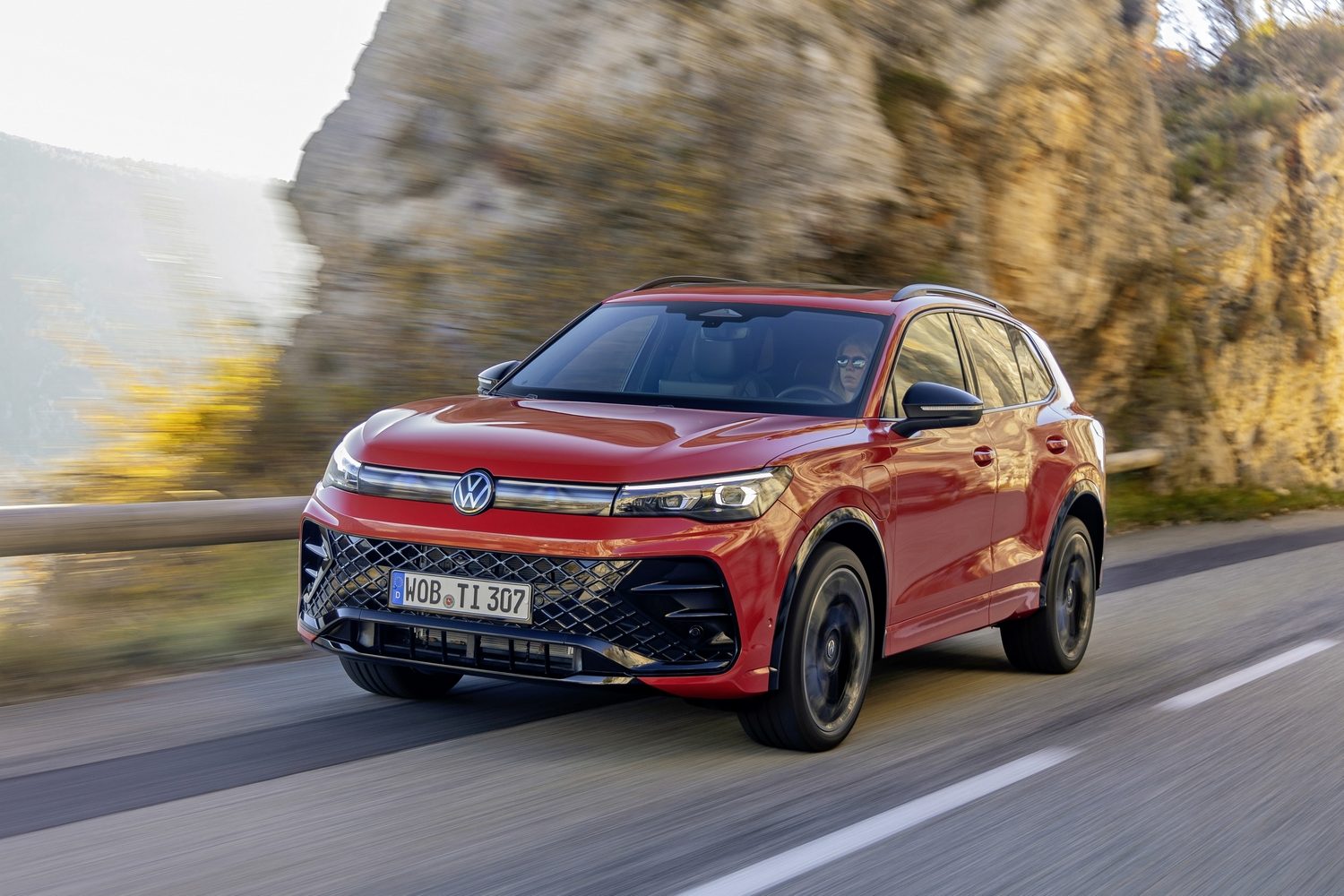In all the excitement and publicity around the car makers going fully electric, it’s easy to forget that a large swathe of buyers isn’t ready to do so. In short, there’s still plenty of life remaining in cars powered by internal combustion. Cupra, for example, has big plans for its all-electric future, but it has one final internal-combustion-powered car to launch to help buyers with the transition. It’s called the Terramar and it’s a five-seat SUV based on the same platform as the Volkswagen Tiguan.
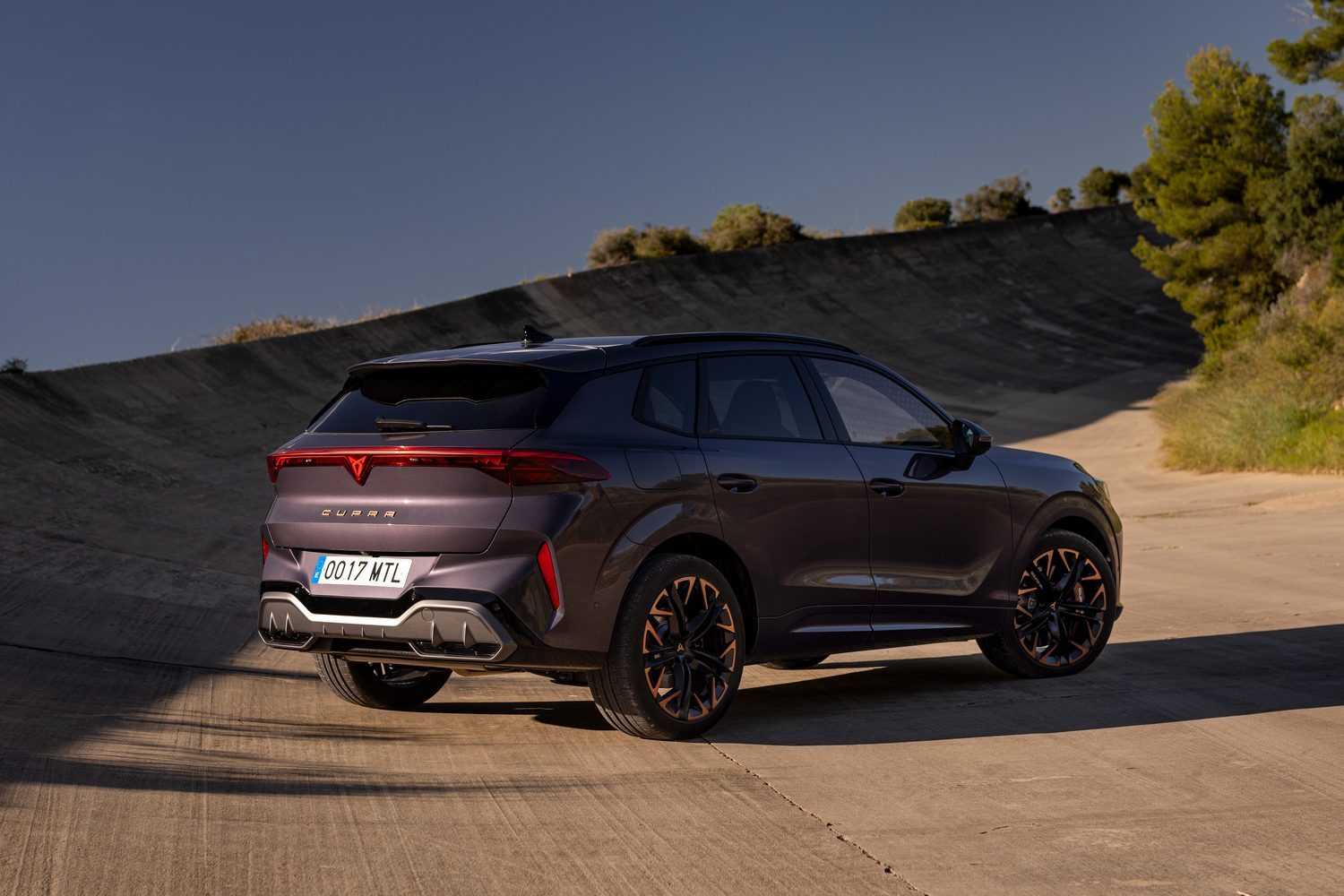
It will eventually replace the Cupra Ateca completely in the lineup and is positioned to go up against some of the best-selling cars in the country, such as the Hyundai Tucson and Toyota RAV4. It is clearly then an important new model for the Spanish brand. Just weeks before the Terramar arrives on Irish shores, we got to try out the highest performing plug-in hybrid variant at its international media launch in Spain, held in and around the ancient Sitges-Terramar race circuit this SUV takes its name from.
How much is the Cupra Terramar in Ireland?
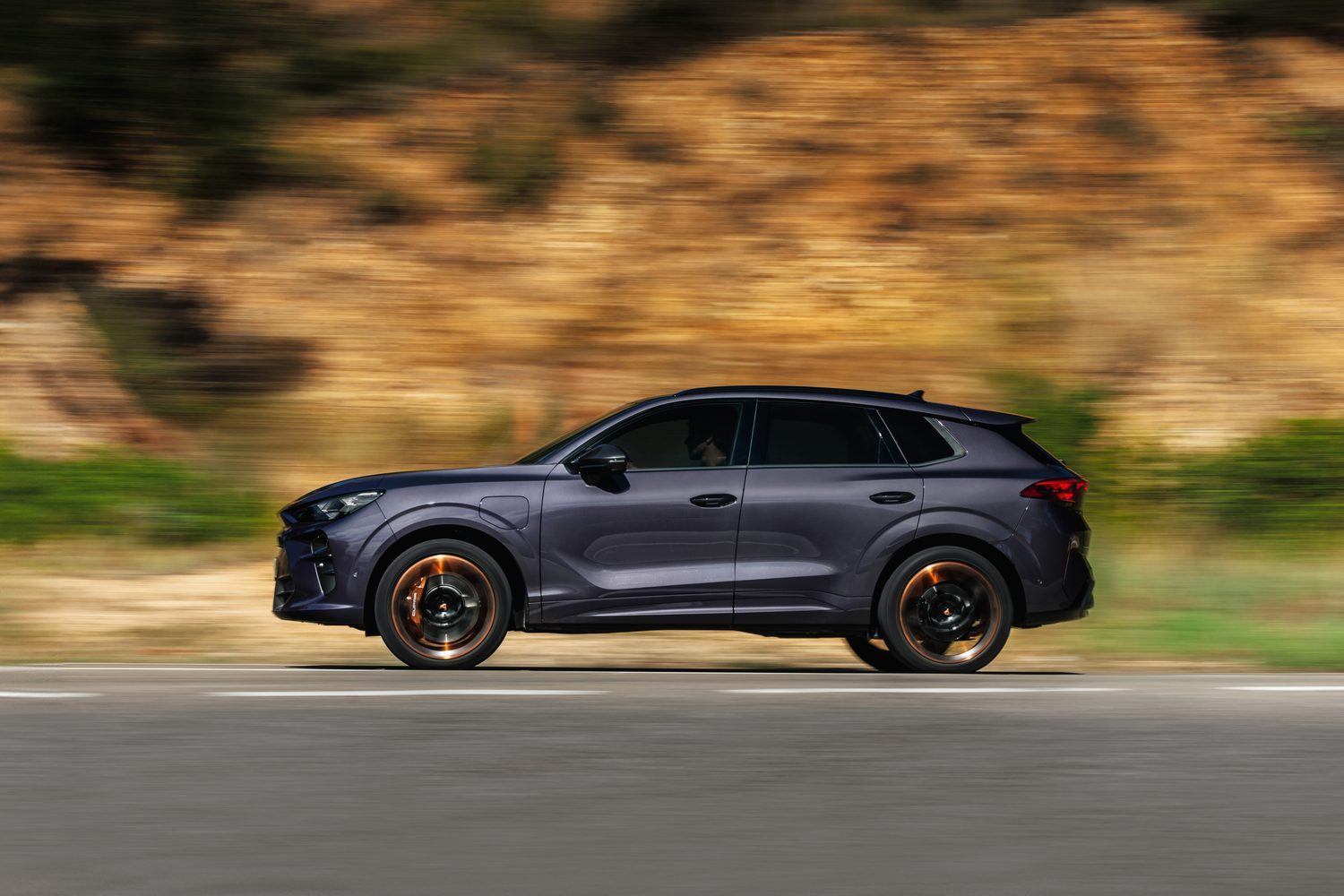
Irish pricing for the Cupra Terramar hasn’t been fully disclosed, though we understand that the entry-level model - badged just Terramar - will start at about €47,000 when powered by the 1.5-litre ‘eTSI’ petrol engine. This uses mild-hybrid assistance and produces up to 150hp and 250Nm of torque, sent through the front wheels via a seven-speed DSG auto. We believe the plug-in hybrid (badged “eHybrid”) will be priced from around €53,000, but it’s not clear whether that will be the 272hp model featured here or the 204hp variant. It’s possible that the 272hp option will be restricted to the range-topping VZ version, priced at about €57,000. A glaring omission from the planned range is a diesel option, though we wouldn’t bet against that turning up at some point in the future. It’s not known where the 4Drive all-wheel-drive variants will sit in the range.
How big is the Cupra Terramar?
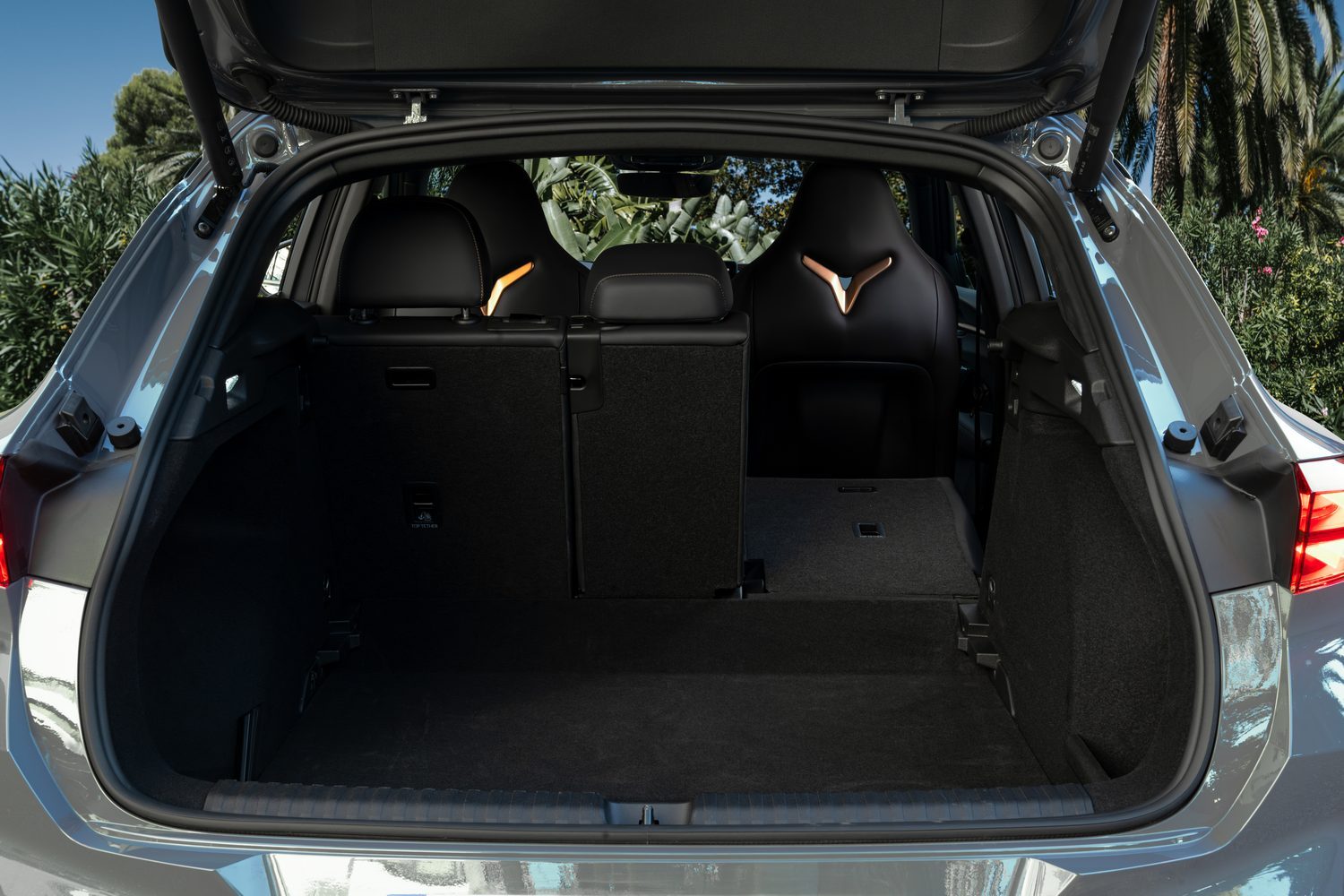
At 4,519mm long, 1,863mm wide and 1,584mm tall, the Cupra Terramar is 20mm shorter, 21mm wider and a significant 76mm lower to the ground than the Tiguan it shares so much with. That shows in a more sporting stance, though the interior space is similar. The PHEV Cupra’s boot holds 400 litres at a minimum though there’s no underfloor storage due to the positioning of the hybrid battery pack. It can hold an extra 90 litres when the rear seats are in their most forward position, and of course those seats split and fold forward if you need to carry large items (and no passengers). The non-PHEV models hold 508-642 litres depending on where the back seats are positioned so they’re more practical if boot space is a priority.
A look inside the Cupra Terramar
The top-spec Terramar we drove feels special from the off thanks to its cabin. Cupra’s characteristic copper detailing lifts the ambience in a market dominated by grey and black interior colours, but that’s not the only high point here. The bucket seats are comfortable and they look great, while the sporty side of the brand is further emphasised by a flat-bottomed steering wheel with prominent buttons on it for starting the car and choosing the drive mode.
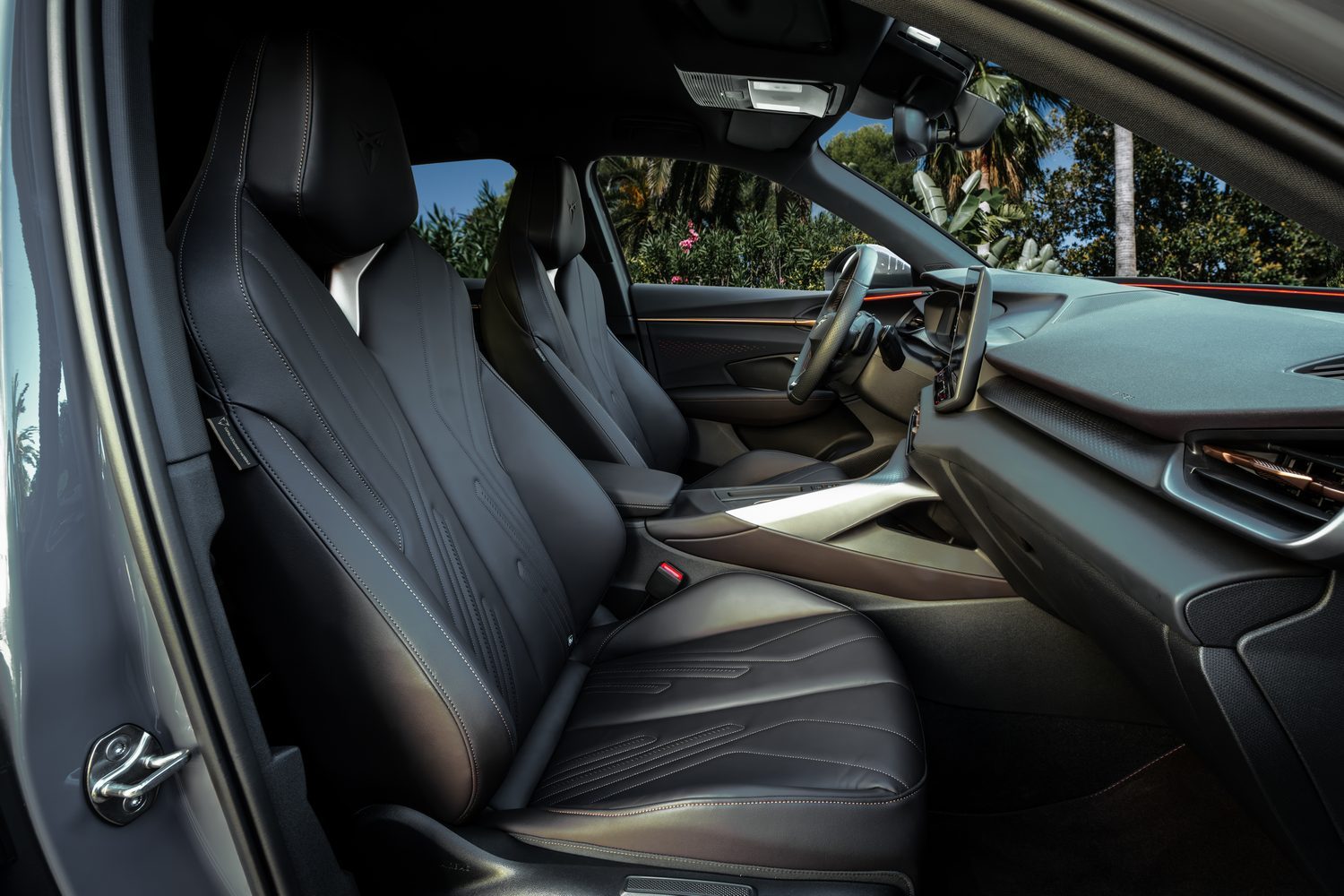
Cupra’s designers managed to mix style with practicality for the Terramar’s centre console, as there’s loads of storage space there, two cupholders, a wireless charging pad, two USB-C ports and a covered bin under the central armrest. More USB-C ports are found in the back, as are air vents and temperature controls.
Whatever about the details you can glean from looking at photographs of the Terramar’s cabin, what you can’t see in the pictures is how well-made the whole interior feels. The materials and switchgear are tactile and there’s a sense of high quality throughout. This feels like a premium car’s cabin.
The on-board technology of the Cupra Terramar
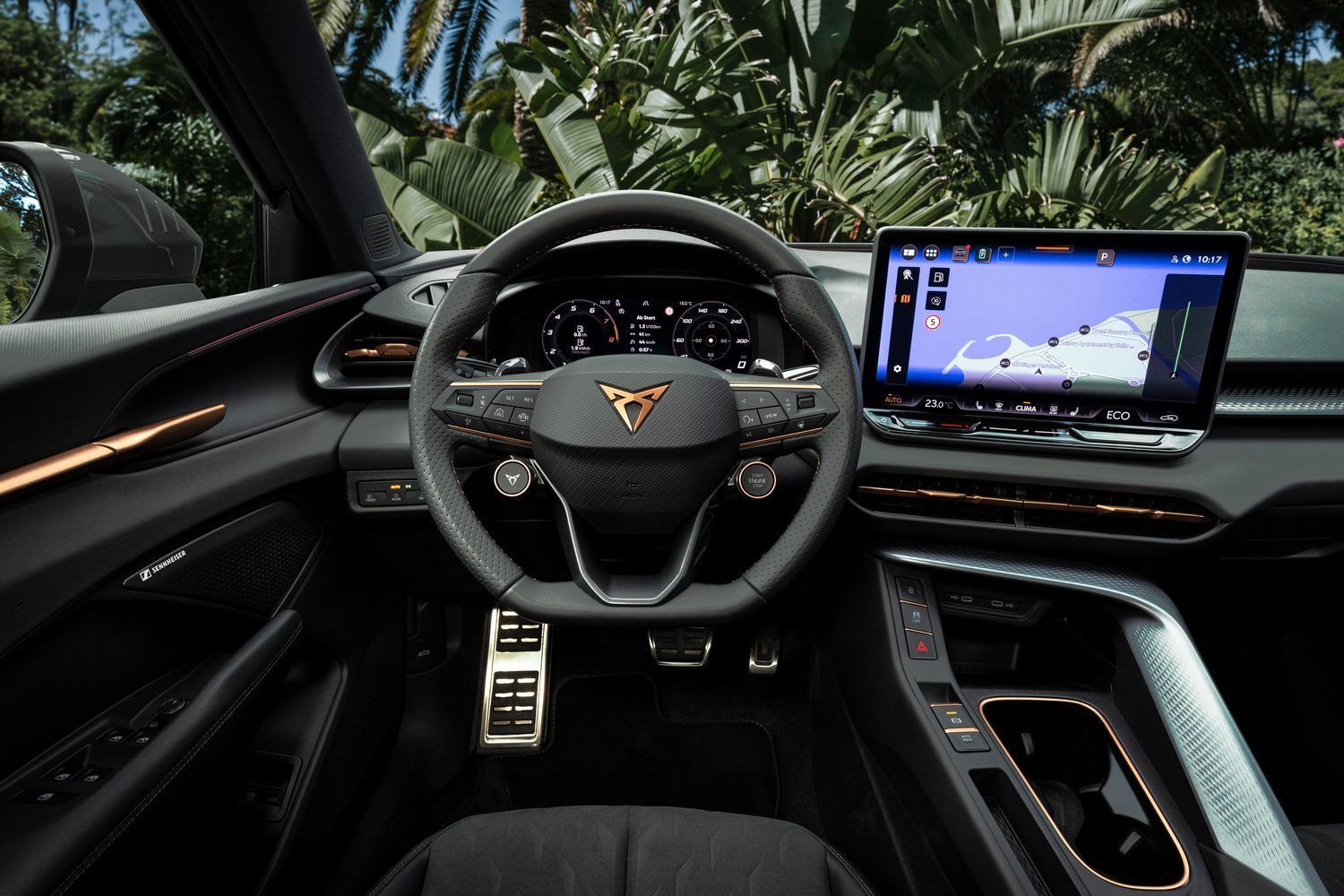
Unsurprisingly, the Terramar makes use of the Volkswagen Group’s digital dashboard technology. A 10.25-inch display holds the instrumentation and there are several views to choose from, while a simple head-up display means you don’t have to take your eyes off the road to check the speed etc. In the middle of the car is a 12.9-inch touchscreen dominating the dashboard, but usefully not too far from your line of sight when driving. There’s an illuminated slider bar at its base for adjusting the temperature and volume, while the menu system itself is configurable. Like us, many owners will make use of the Apple CarPlay and Android Auto functionality built in. And messy wires can be done away with thanks to the cooled, 15-watt wireless charging pad.
Our test car had prominent Sennheiser logos on the grilles of the door speakers, indicating it was fitted with the high-fidelity, 12-speaker option. It’s a 390-watt system and it doesn’t sound bad at all.
How many child seats can I fit in the Cupra Terramar?
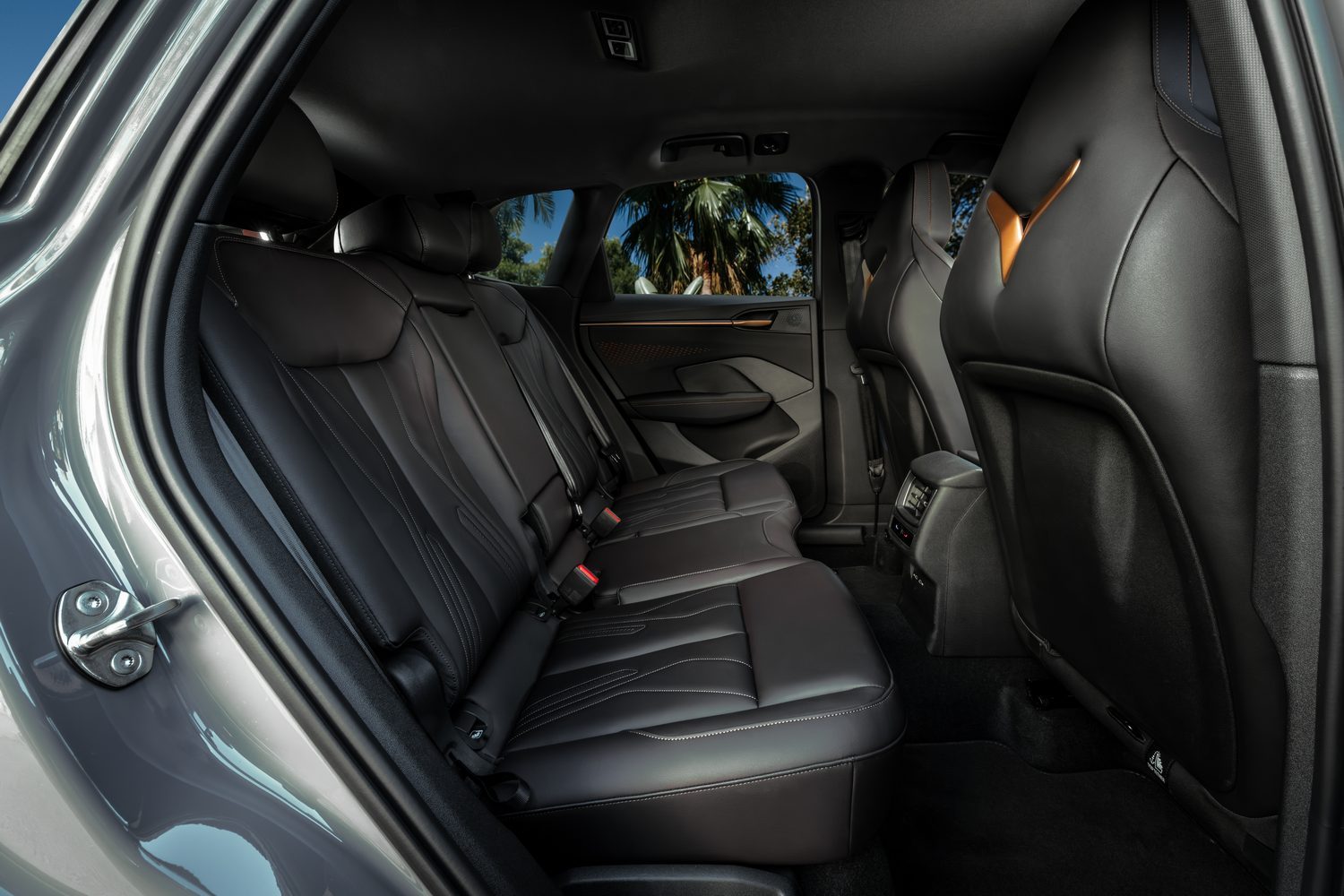
The Terramar is the same as any other SUV in the sector in this regard, in that there are ISOFIX mountings in the two outer rear seats and another in the passenger seat. Usefully, the centre of the rear seat is quite flat and there may be enough space between the seatbelt buckles to squeeze in a slender booster as well.
How safe is the Cupra Terramar?
Euro NCAP, the safety benchmarking organisation in Europe, hasn’t yet got its hands on the Terramar, but it has assessed the new Volkswagen Tiguan with which the Cupra shares so much, and it scored remarkably well, so we’d expect that to carry over to this car. Some of the ADAS (Advanced Driver Assistance Systems) features are Predictive Adaptive Cruise Control, Travel Assist, Side and Exit Assist, Emergency Assist and Drowsiness Assist. It has seven airbags as well.
Driving the Cupra Terramar
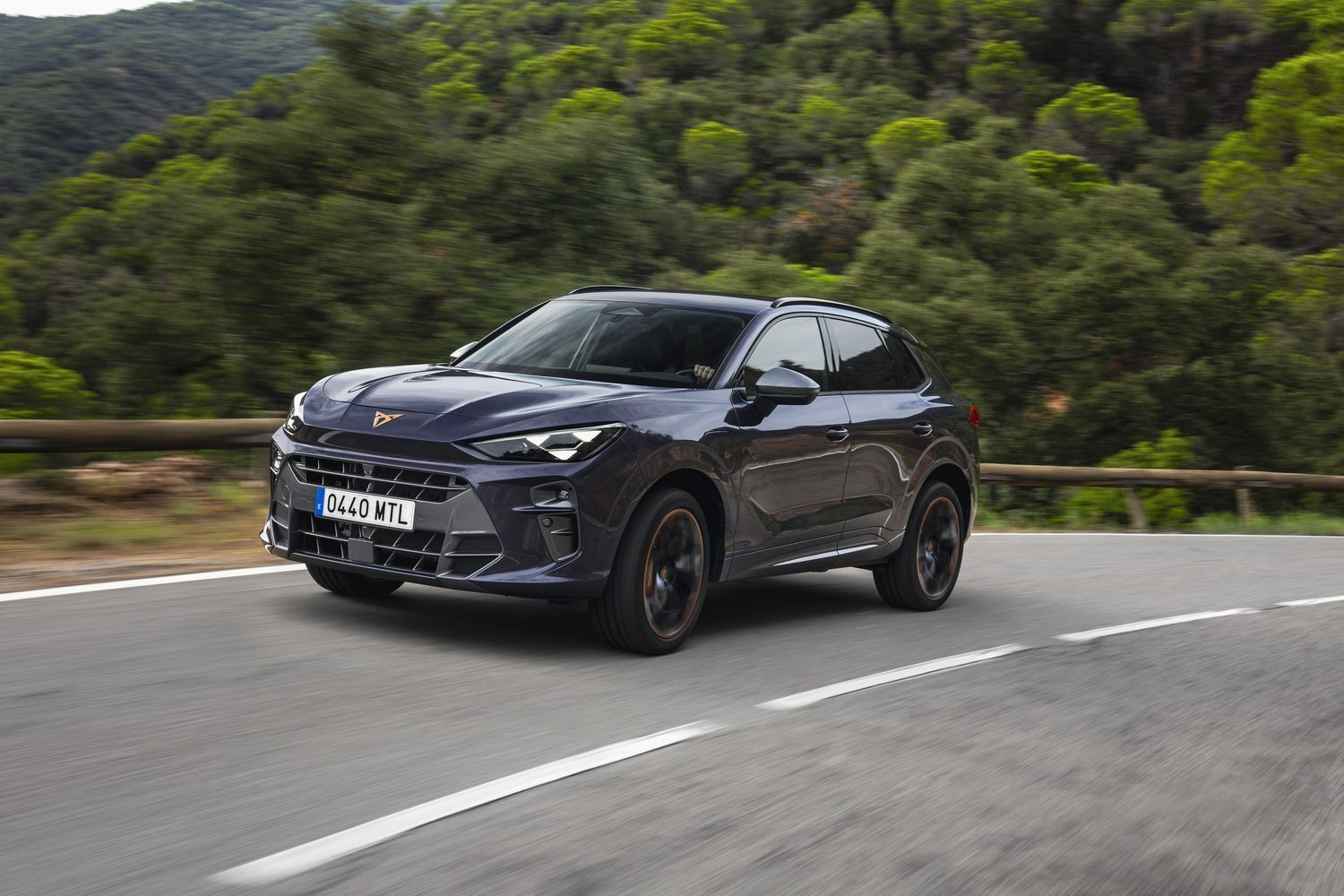
Our overriding impression of the Terramar after a day driving in and around Sitges in Spain is one of refinement. Its driving manners are smooth and polished, whether you’re stuck in busy traffic, on a fast-moving motorway or tackling challenging road surfaces. Admittedly, our test car featured the excellent DCC adaptive damping system, and we’d highly recommend it. In the default Comfort driving mode, the suspension proved to be supple and comfortable, absorbing big bumps and isolating the cabin from surface imperfections. The car seems to default to using electric power as often as possible in this setting, too.
Interestingly, if you choose the Individual driving mode and then go into its configuration, you’ll discover that there are 15 discrete steps to the adjustable damping, with two softer settings below that used by the Comfort mode. The car wallows about a tad at the softest level, but it is notably comfortable, despite the presence of 20-inch wheels.
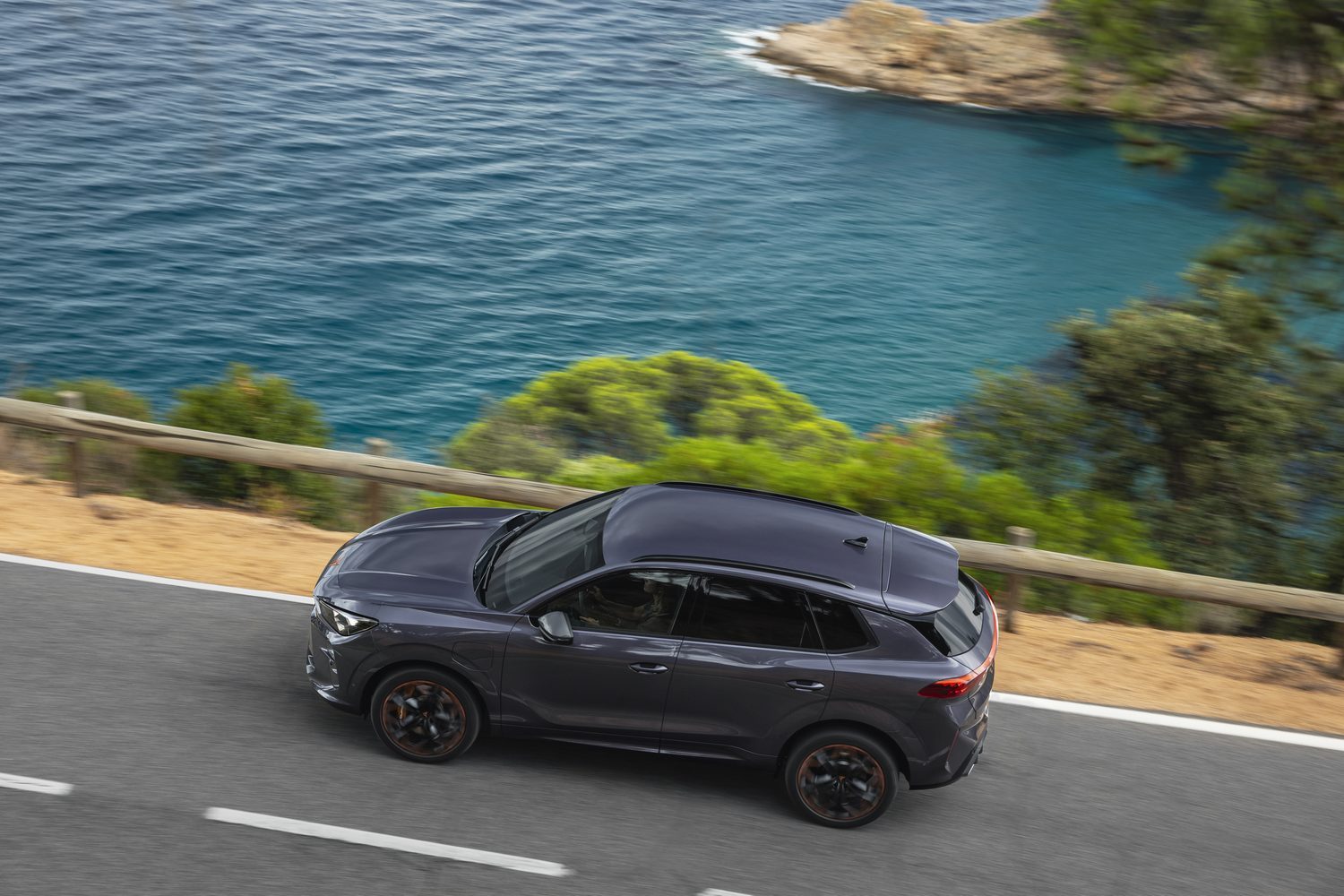
At the other end of the scale are the Performance and Cupra driving modes and in these, along with a firmer grip on body control through the dampers, the steering firms up, response to the throttle sharpens and there’s augmentation of the engine sound - plus of course, it makes more use of the engine itself. It’s a turbocharged 1.5-litre unit and when it and the electric motor work at their hardest together there’s up to 272hp and 400Nm of torque on tap. In the dry at least, the Terramar has no issue with putting these outputs to the front wheels and if anything, the 0-100km/h time of 7.3 seconds seems pessimistic, as the car is pleasingly quick off the line.
Special mention should go to the steering. It’s a variable-ratio system that combines stability in a straight line with the feeling of more response and agility in tighter corners. It’s well judged and even in everyday driving, the Terramar is enjoyable to drive.
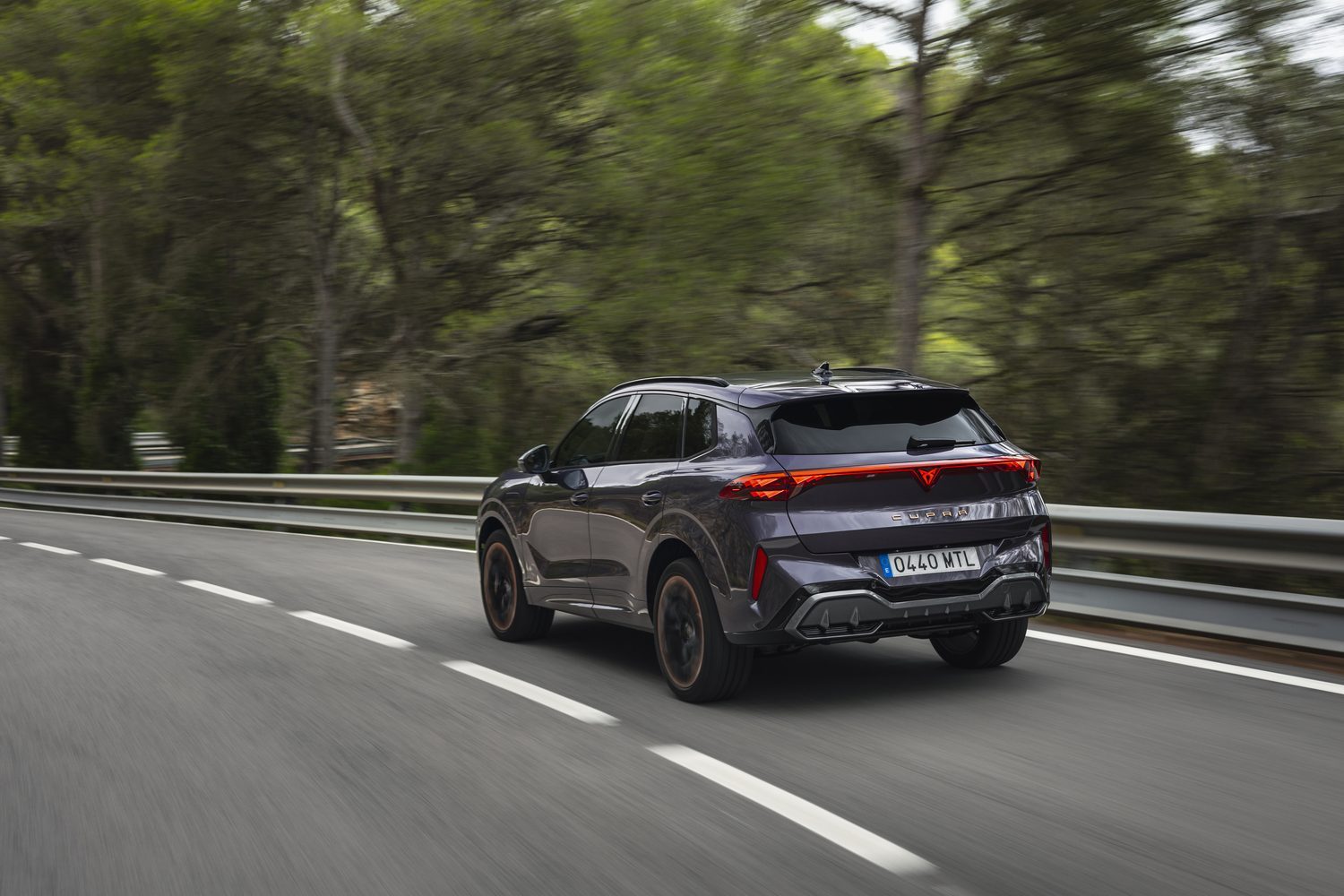
How economical is the Cupra Terramar?
The official fuel consumption and emissions figures for the plug-in Cupra Terramar reveal the shortcomings with the WLTP testing regime. As this PHEV gets a very large battery (19.7kWh in usable energy capacity) and hence a very long electric range (up to 121km depending on specification), it barely uses the petrol engine during the official WLTP cycle. But of course, if you drive further than that, you can’t expect such ludicrous returns as the officially quoted 706mpg. The car makers are legally bound to quote the WLTP figure, regardless of its usefulness, unfortunately. Thankfully, Cupra also quotes a fuel consumption figure for what it calls the “charge sustaining mode” and that’s a far more realistic - and yet reassuring - 5.7-6.1 litres/100km. Our time with the car in Spain didn’t give us a good handle on all this, though it certainly seemed to spend most of our journey with the engine in hibernation.
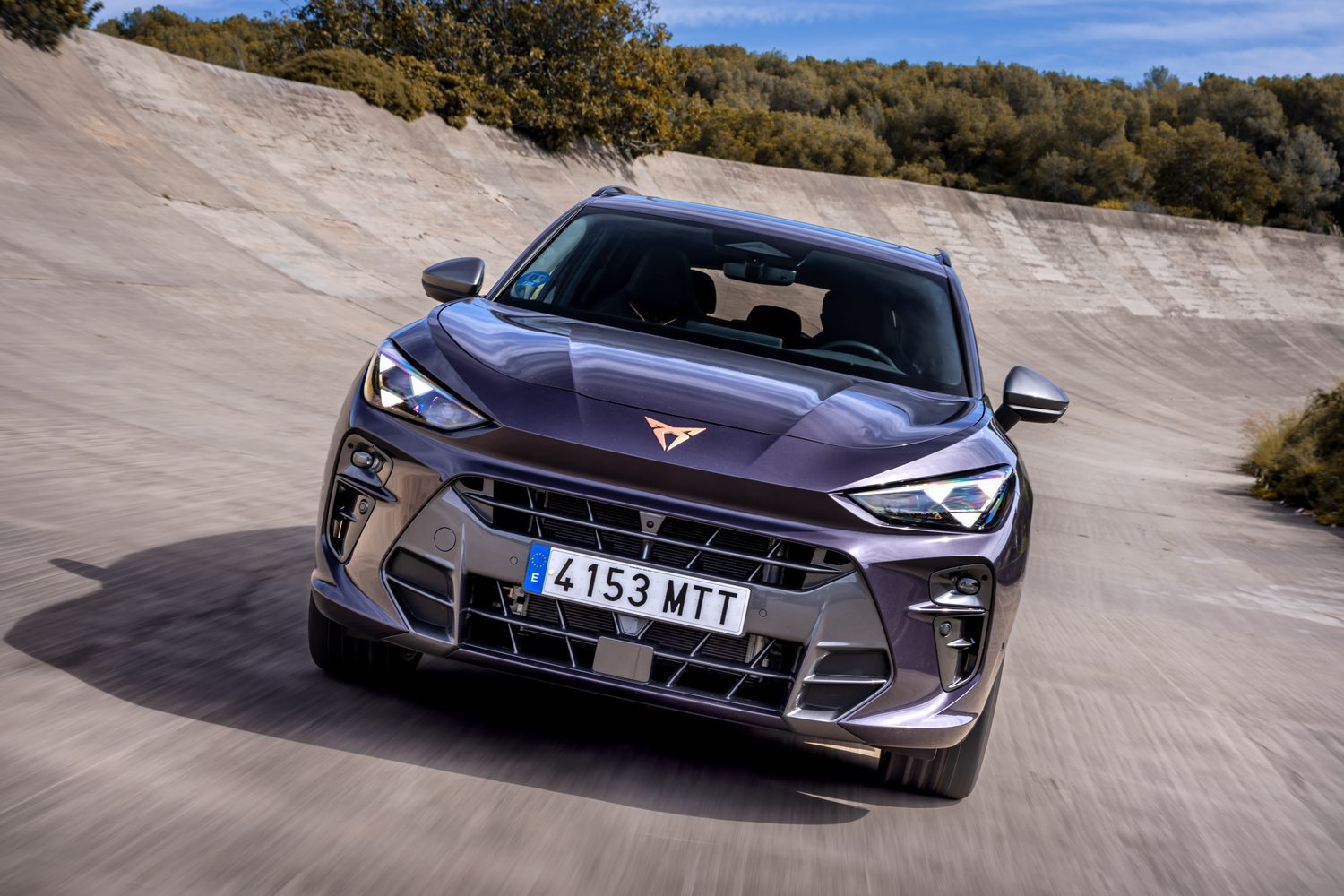
If you can find an 11kW AC charger, the battery takes two-and-a-half hours to charge up fully from flat, and it can make use of 50kW DC chargers too, a 10-80 per cent charge in theory taking only 26 minutes.
The reasons you’d buy a Cupra Terramar
The Terramar enters one of the most popular sectors of the market and though it goes up against some very good - and well-established - rivals, some of them from within the same automotive group, the Cupra manages to bring something new and fresh to the class. It’s a good-looking car in a subtle way, it drives well and feels of noticeably high quality. On top of all that, Cupra’s distinctive image is gaining traction in the marketplace, and it would appear that the Terramar is priced to compete rather than be a leftfield option. Go test drive one for yourself if you’re in the market for an SUV of this size.
Ask us anything about the Cupra Terramar
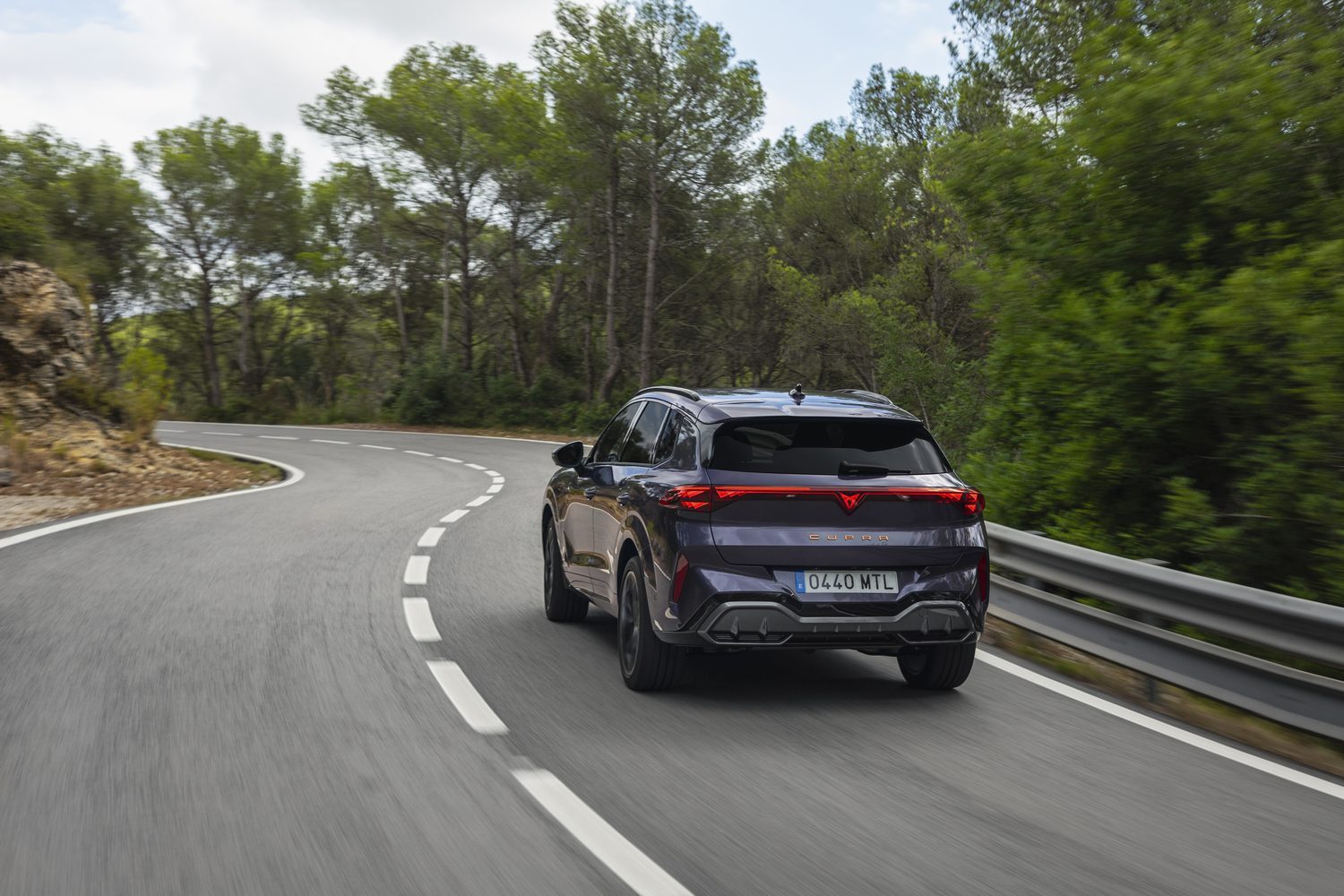
If there’s anything about the Terramar we’ve not covered, or you’d like advice in choosing between it and other cars, you can avail of our (completely free) expert advice service via the Ask Us Anything page.

